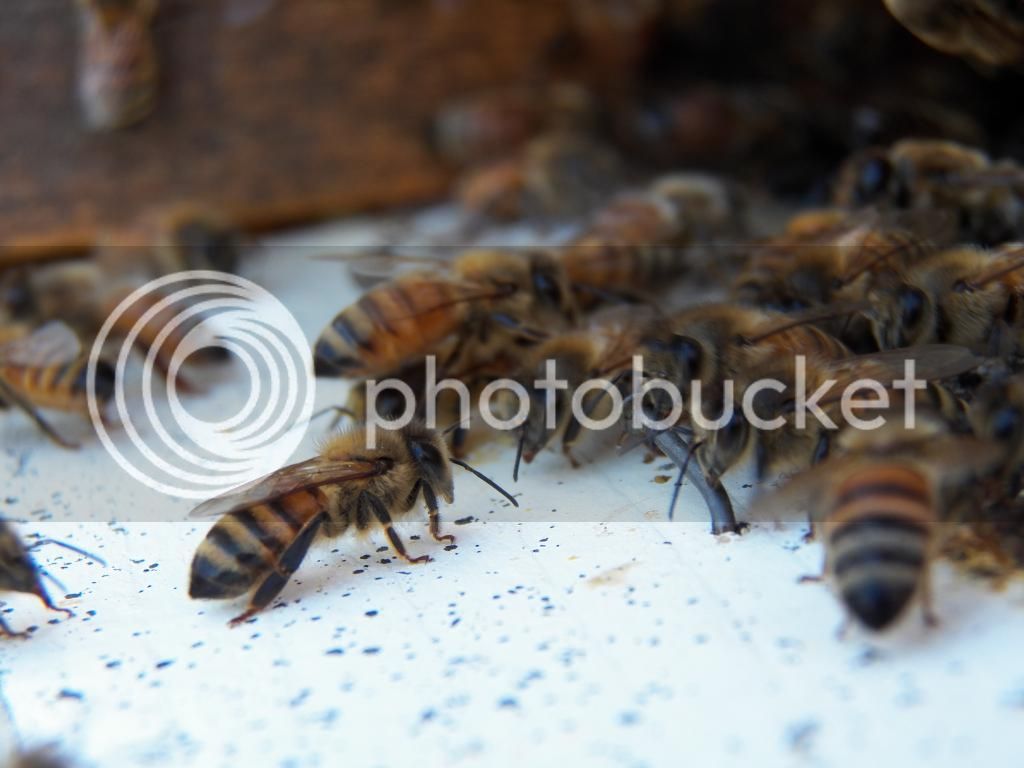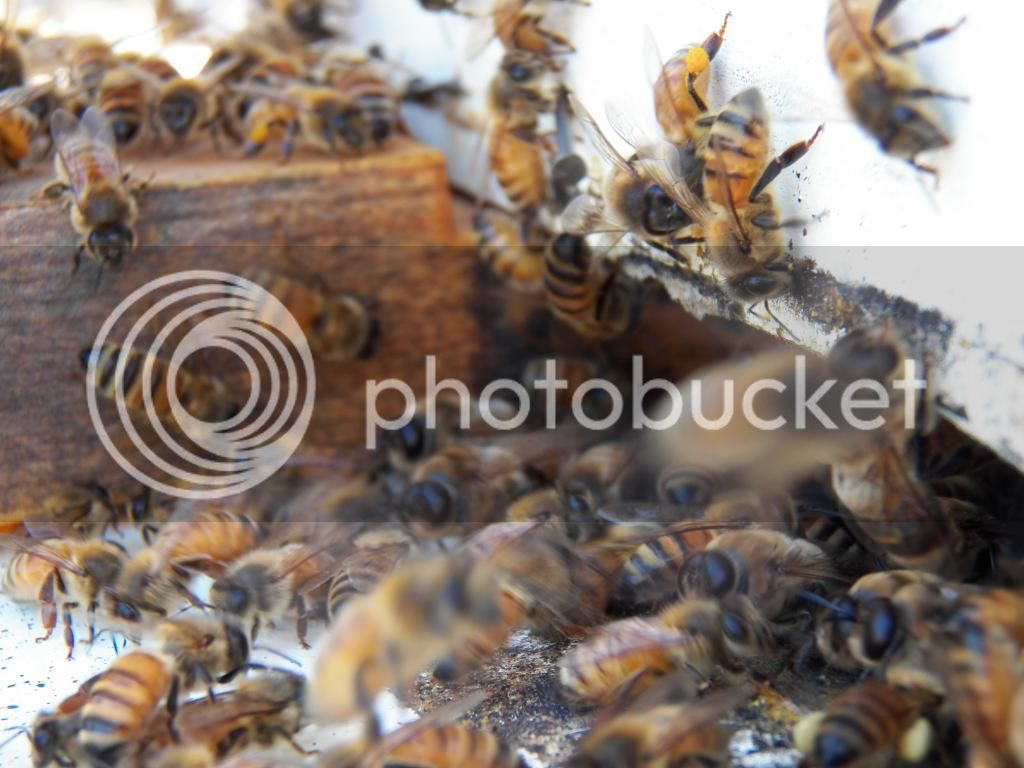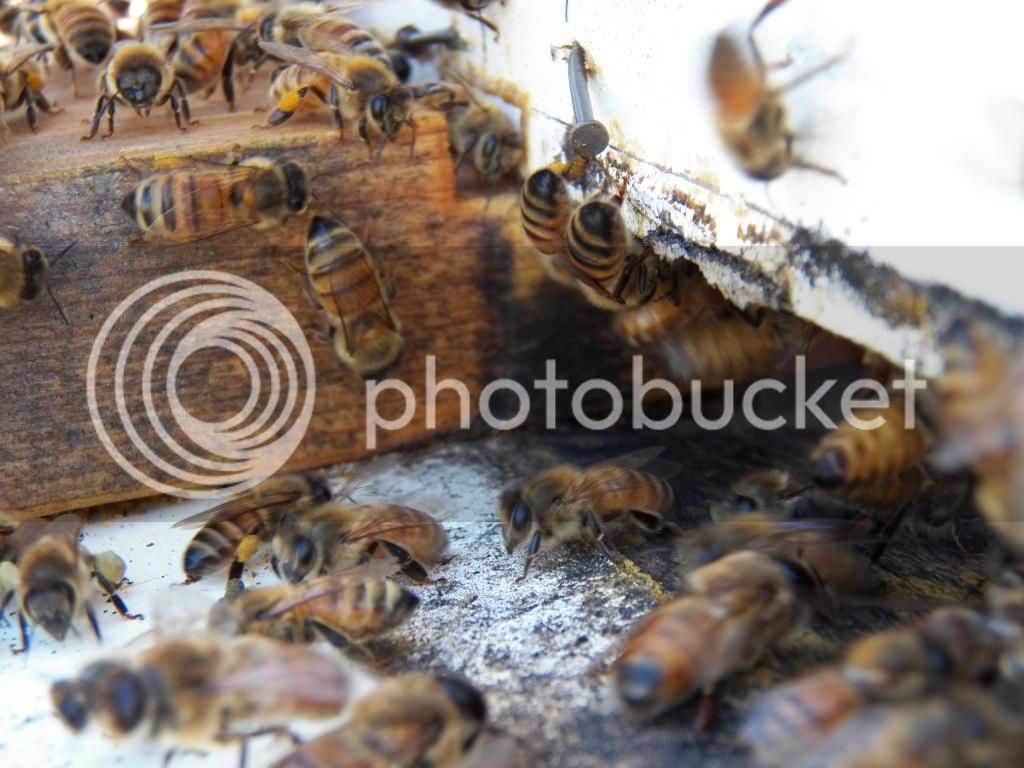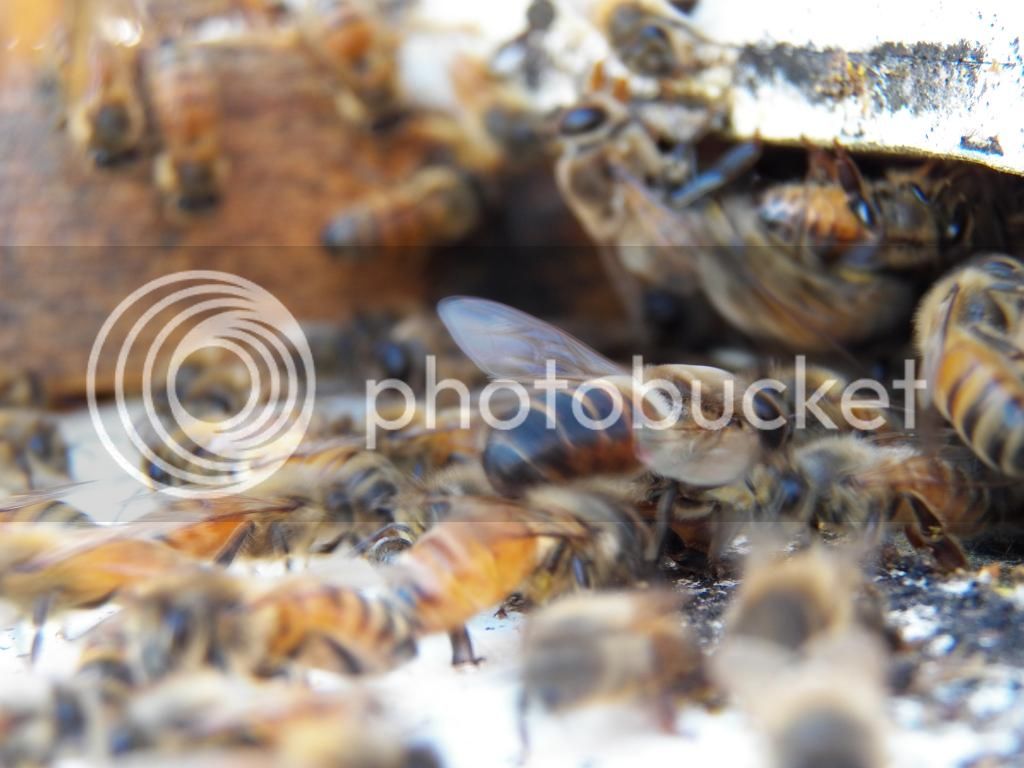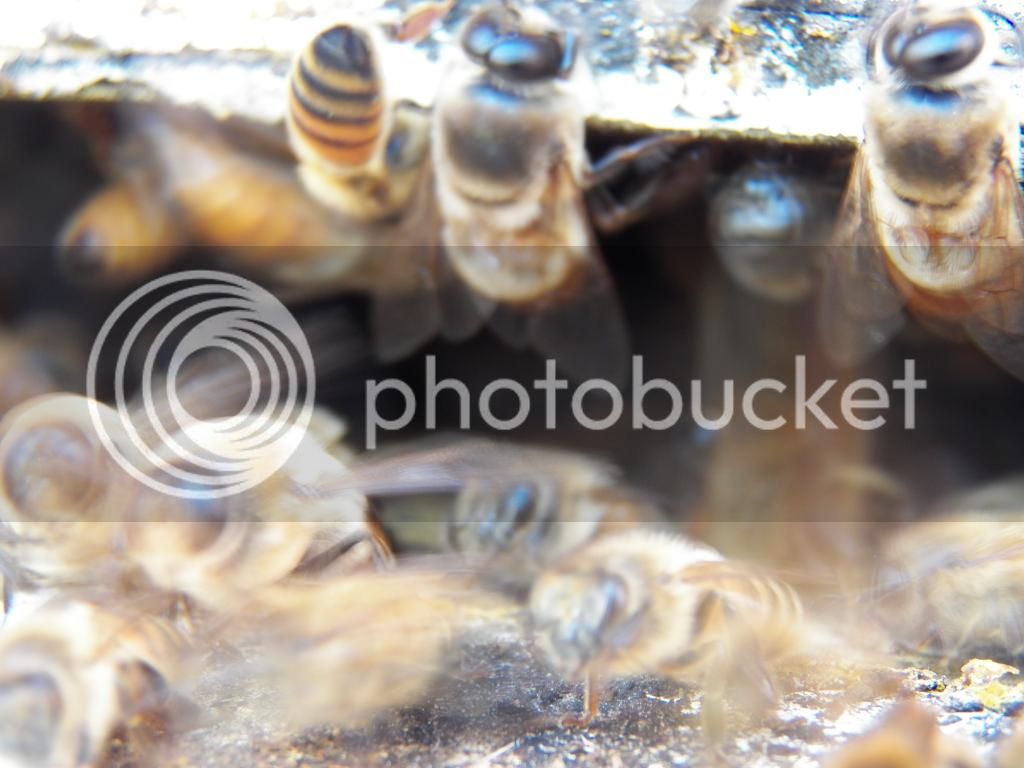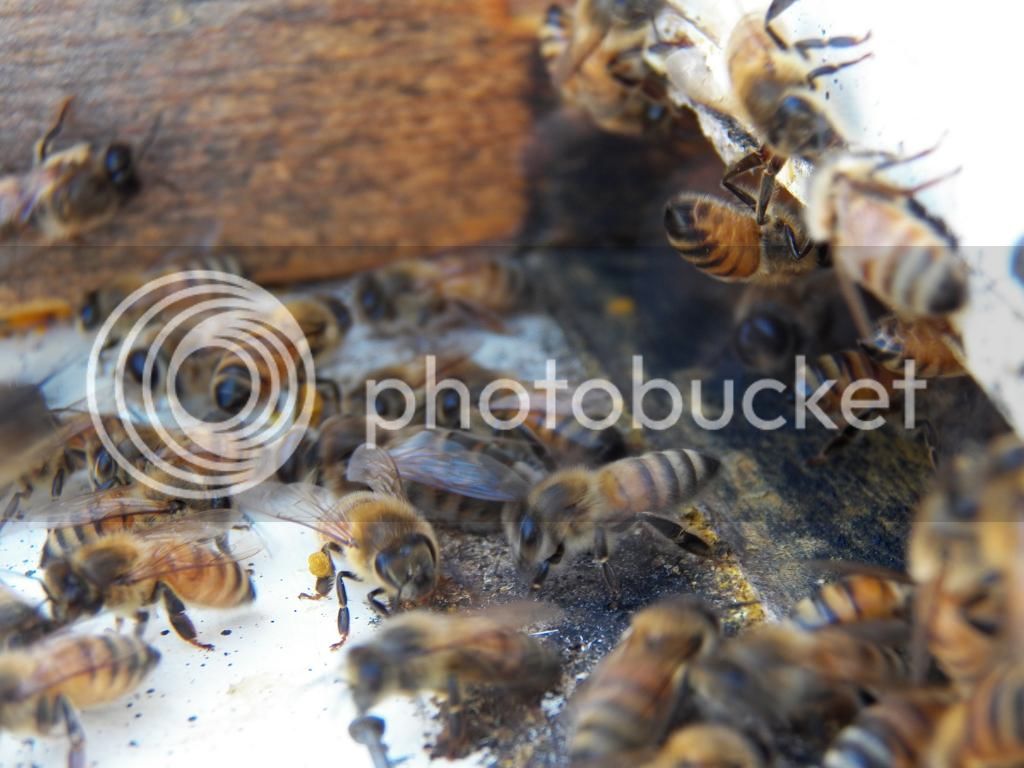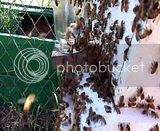ScienceGirl
Well-known member
Mixed up some sugar syrup for the girls today. You should keep it on them for as long as they'll take it. If there is a honeyflow, they won't need it, and therefore won't take it if they don't need it as they will be gathering nectar with good things for them in it. It should be changed about once a week to keep it fresh and from fermenting or crystalizing, or sooner if you are experiencing very warm weather. Check your feeder to make sure that it doesn't get plugged up by debris or crystalized, so that the syrup is accessable to your bees.
Make syrup:
Ratio I used: Sugar : Water 2:1
Heat up water on the stove, but keep it under boiling. Add sugar as water that you used. Stir until dissolved completely. Feed using the syrup feeder of your choice.
WARNING: If the sugar burns or carmelizes, dispose of it. It will make the bees sick - more on that later.
Make syrup:
Ratio I used: Sugar : Water 2:1
Heat up water on the stove, but keep it under boiling. Add sugar as water that you used. Stir until dissolved completely. Feed using the syrup feeder of your choice.
WARNING: If the sugar burns or carmelizes, dispose of it. It will make the bees sick - more on that later.



































